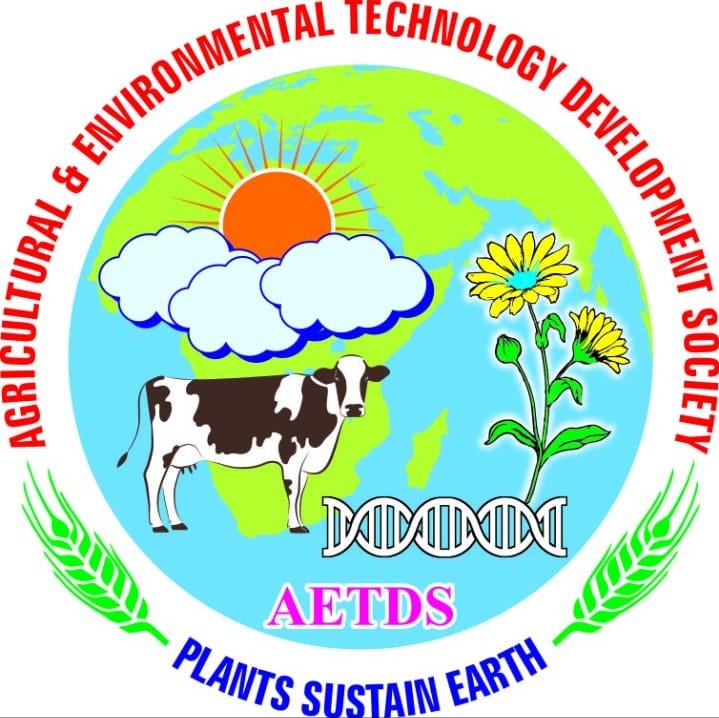
Secretary
Agricultural & Environmental Technology Development Society
Contact
Copyrights © 2024 All Rights Reserved. Powered by AEDTS

International Journal of Agricultural and Applied Sciences, June 2025, 6(1): 52-62
ISSN: 2582-8053
https://doi.org/10.52804/ijaas2025.618

Review Article
Technological Innovation and Advancement in Postharvest Management of Ginger (Zingiber Officinale): A Review
David Ahmed ADAMU1, Samuel Emeka CHUKWU2, Iyanuoluwa Blessing ADEDIRAN3, Yauba Dembo IDRIS4, Adeoye Ibukun OYEBANJI5, Damilola Olubunmi ARIYO6, Mojisola Oladunni SALAKO7 and Anthony Arinze NWORJI8
1, 8Research Outreach Department, Nigerian Stored Products Research Institute, Ilorin, Kwara State
2, 4, 5 Postharvest Engineering Research Department, Nigerian Stored Products Research Institute, Ilorin, Kwara State
3, 6, 7 Perishable Crops Research Department, Nigerian Stored Products Research Institute, Ilorin, Kwara State
*Corresponding author e-mail: adamu.davida@gmail.com
(Received: 05/02/2025; Revised: 20/04/2025; Accepted: 25/04/2025; Published: 20/06/2025)
ABSTRACT
This review explores technological advancements in the postharvest management of ginger (Zingiber officinale), a globally significant spice and medicinal crop. Renowned for its therapeutic properties, such as anti-inflammatory, antioxidant, and antimicrobial effects, ginger owes its medicinal value to over 400 bioactive compounds, including gingerol and shogaol. Despite its economic and medicinal importance, ginger faces significant postharvest challenges, including spoilage, weight loss, and quality deterioration. Traditional storage methods are often inadequate, resulting in substantial losses. However, advancements in technology have shown promise in extending shelf life and preserving quality. These include Controlled Atmospheric Storage, which regulates oxygen, carbon dioxide, and humidity levels to slow spoilage; Zero-energy Cool Chambers, which maintain high humidity and temperatures between 10-15°C, can reduce weight loss by up to 23%; Modified Atmosphere Packaging, which adjusts gas composition to inhibit microbial growth and oxidation; and cold storage, which minimizes sprouting at temperatures between 12-15°C and relative humidity of 70-75%. Additionally, natural preservatives like clove and thyme essential oils demonstrate antimicrobial efficacy, while nano-coatings improve moisture retention and pathogen resistance using biodegradable materials. Advanced techniques such as mechanized cleaning, ionizing radiation, pre-storage treatments, and coating methods using chitosan and beeswax also enhance post-harvest value of the crop. By integrating these technological advancements, the ginger industry can reduce waste, increase efficiency, and provide higher-quality products to consumers, ultimately improving this valuable crop’s quality and shelf life.
Keywords: Ginger, Technological, Postharvest, Innovation, Storage